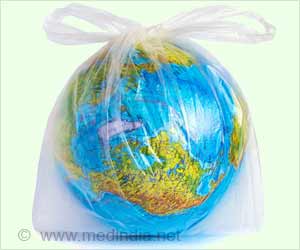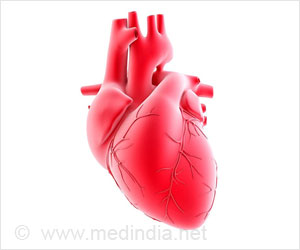(pieces less than 1 µm in diameter) can be different sizes and shapes and can be made of various materials, writes Senior Correspondent Britt E. Erickson. Because not all microplastics are created equally, they can have different effects on human health and the environment, and therefore studying them is complicated.
Most researchers so far have used polystyrene beads in their experiments because they are easily accessible, but these beads are not representative of microplastics found in the environment. Most microplastics found in the air and water are fragments, not spheres.
Polystyrene is not the only polymer found in the environment; polyethylene, polypropylene and polyamide are also common. And once in the environment, ultraviolet light and contaminants can change the particles’ properties.
Because there are limited exposure data on microplastics, making regulatory decisions is a challenge.
The toxicology community has had similar issues with nanoparticles in the past decade, and so scientists hope that lessons from nanotoxicology can be applied to microplastics.
Researchers are beginning to standardize the various micro- and nanoplastics used in studies, so that results can be reproduced and better replicate real-world situations.
Scientists are using systems in the lab that simulate bodily functions to figure out how ingested and inhaled particles could affect human gut and lung cells. Although scientists are unsure whether the influx of funding toward toxicology research will lead to meaningful regulatory changes, there is hope that more information about the health risks of these materials is on the horizon.
Source: Eurekalert



